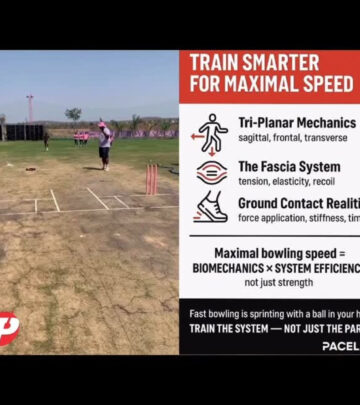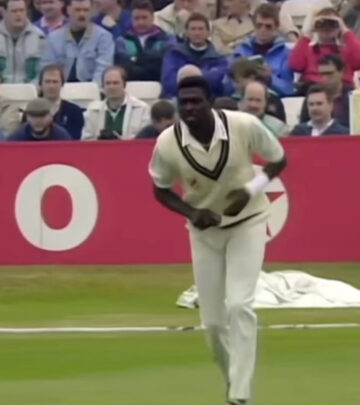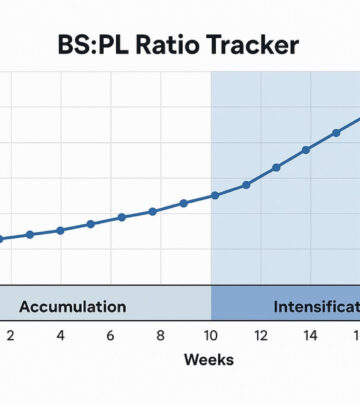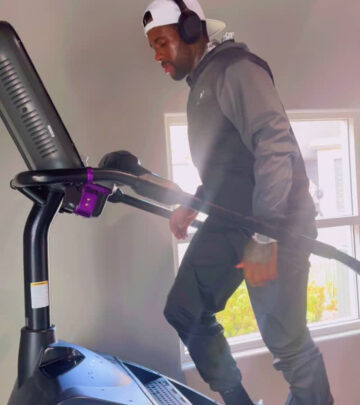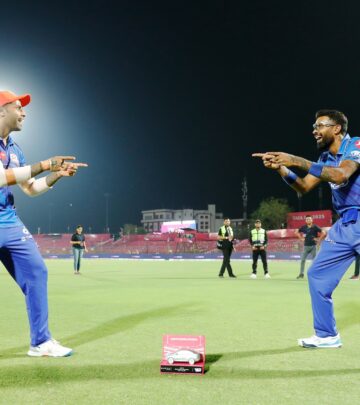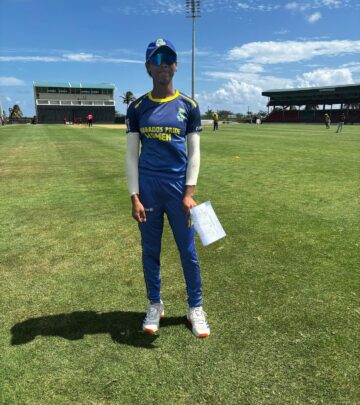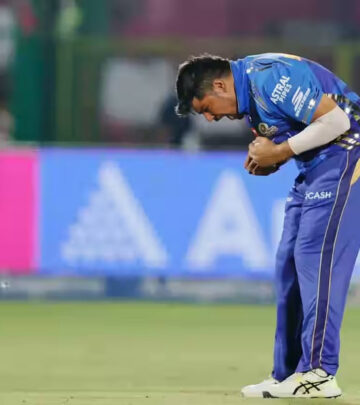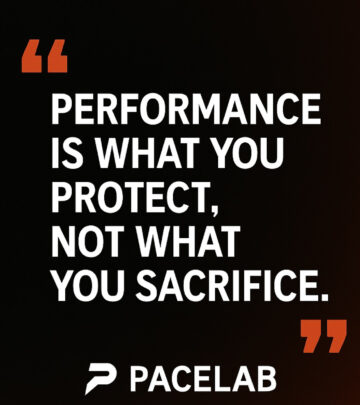Managing Fatigue For Optimal Performance
Prioritize Recovery For Peak Performance, Uplift Your Game With PaceLab's Insights Now!!!!
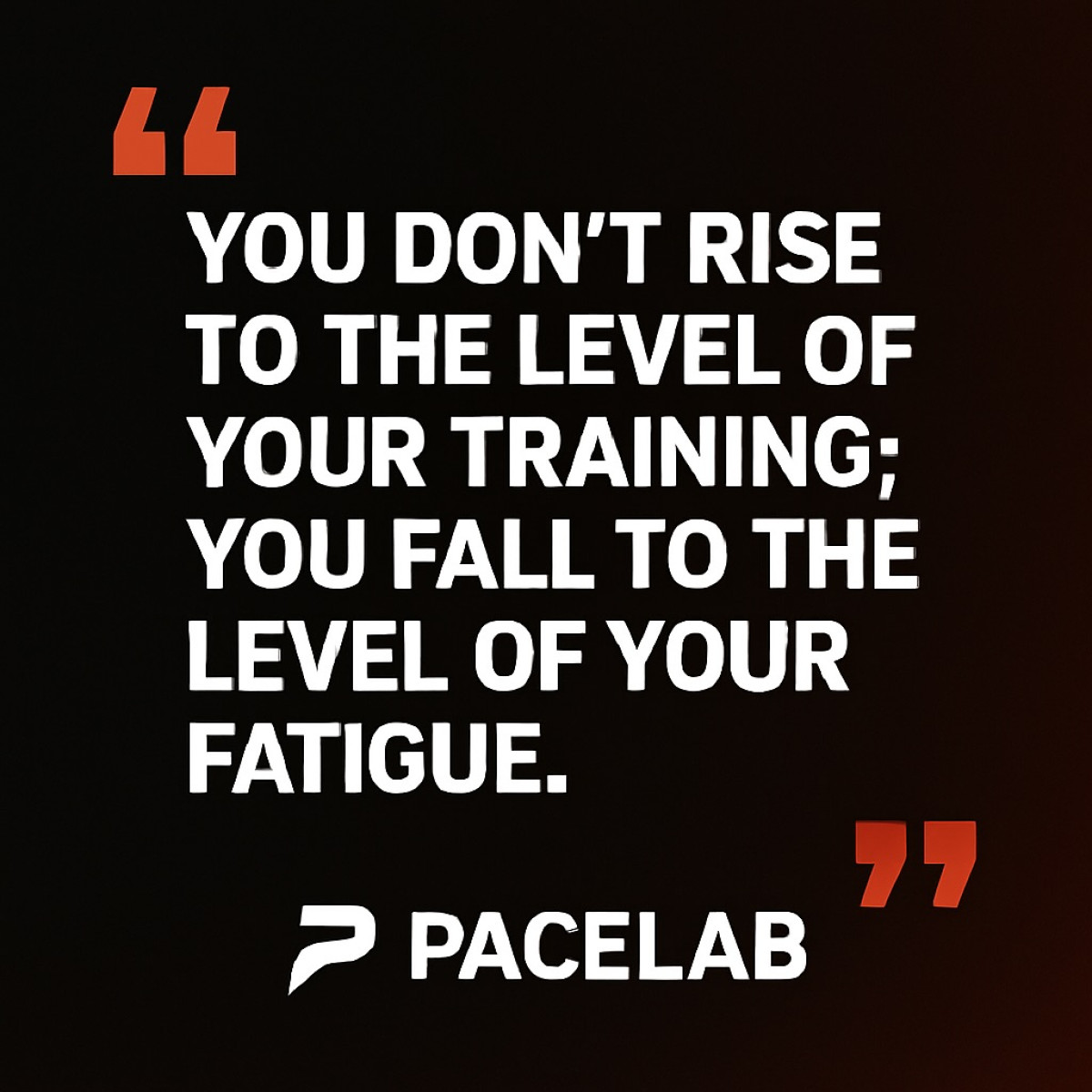
Image: Instagram
Fatigue can be the silent saboteur of top-notch performance. A recent post from PaceLabLimited emphasizes: “Until you begin to understand that the management of fatigue is your number one priority you’ll always produce suboptimal performances.” In a world where every fraction of energy counts, athletes and coaches are now rethinking training methods to ensure that fatigue is managed effectively, paving the way for optimal outputs.
The Importance Of Managing Fatigue
Recognizing and managing fatigue is more than just a training tip – it’s a fundamental shift in how performance is approached. The PaceLab quote highlights a critical truth: without addressing fatigue, even the most well-intentioned athletes may never tap into their true potential. This message has resonated across social media, where athletes, trainers, and even sports icons like Steffan Jones (as noted on his Instagram handle @steffanjones105) often share insights on pushing limits while maintaining recovery as a top priority. His background, as indicated on his public profile, supports a career that demands both precision in technique and an unwavering commitment to recovery strategies.
Training Smart: Trust The Process
The concept of trusting the process is central to the PaceLab principles. It is not solely about accumulating training volume; it is about smart training that respects the body’s need for recovery. Athletes are encouraged to monitor their workload and embrace recovery circuits. For instance, the Recharge Circuit—a method highlighted in another PaceLab post—illustrates a high-intent, low-load approach: exercises like max-effort jumps, med ball throws, and short sprints are executed with sufficient recovery intervals. Such routines are specifically designed not to overload the central nervous system (CNS) but to renew it, keeping dopamine levels and neural coordination in check. This idea echoes the sentiment in the original message, framing fatigue management as an ongoing, dynamic process that can turn routine sessions into transformative training experiences.
Scientific Insights And Practical Applications
Understanding fatigue is not just about feeling tired after a heavy session. As shared in recent discussions by Pacelab, effective fatigue management involves tracking subtle performance markers. These include declines in ball speed, changes in movement mechanics, and even shifts in timing during complex actions like fast bowling. Research in athletic performance has repeatedly shown that the build-up of cumulative fatigue can lead to a plateau in performance followed by a rapid and significant decline—what some experts describe as a ‘fatigue cliff’. This implies that even slight mismanagement of training loads over consecutive days can resulting in hard-to-reverse performance drops.
Coaches and trainers are now placing greater emphasis on preventive strategies. Tailored recovery techniques, such as the Recharge Circuit mentioned earlier, are proving effective. This circuit is all about integrating explosive but short-duration activities with ample rest periods, which not only restores energy levels but also sharpens motor output. By doing so, athletes can maintain a high level of performance without the risk of overuse injuries or the dropout effects that usually follow prolonged periods of cumulative fatigue.
Insights From Pacelab And Steffan Jones
Steffan Jones, alongside other high-profile coaches who have endorsed PaceLab’s training philosophies, continues to advocate for smarter workload management. His journey, characterized by disciplined training and innovative recovery techniques, aligns well with the statement: work hard isn’t enough unless it’s smart work. By endorsing methodologies that balance exertion with recovery, Steffan and PaceLab collectively spotlight an often-overlooked aspect of athletic performance—the integrity of the central nervous system and the critical role of proper fatigue management in sustaining performance levels over time.
Moreover, additional insights from PaceLab’s array of posts reveal that adaptation often starts at the micro-level. They discuss how minute details, such as ankle stiffness at back foot contact or pelvic stabilization during stride, can indicate underlying fatigue. Such data-driven approaches ensure that athletes are not just following routines blindly, but are engaged in a holistic understanding of their body’s responses to load and rest.
Holistic Approach To Performance
What emerges is a compelling narrative of balance, where recovery is not viewed as downtime, but as an essential part of the performance cycle. Athletes who embrace this holistic approach find themselves better positioned to manage both physical and neurological stress. The PaceLab principles remind us that every training session should be a dialogue between exertion and recovery. When athletes trust the process, they not only avoid the pitfalls of overtraining but also unlock a new realm of peak performance.
In conclusion, the message is clear: managing fatigue is not optional if one aims to achieve top performance consistently. Through methodical recovery strategies, smart workload monitoring, and the integration of new training paradigms, athletes can transform routine training into an optimized performance engine. By valuing rest as much as the grind, modern training systems like PaceLab’s continue to set new standards in athletic excellence, a lesson that is affirmed by experts like Steffan Jones and countless others in the sporting community.
Conclusion
The path to peak performance is paved with smart decisions about workload and recovery. Embracing the principles of fatigue management, as outlined by PaceLab, holds the key to turning potential energy into exceptional outcomes.
Read full bio of Joyce



